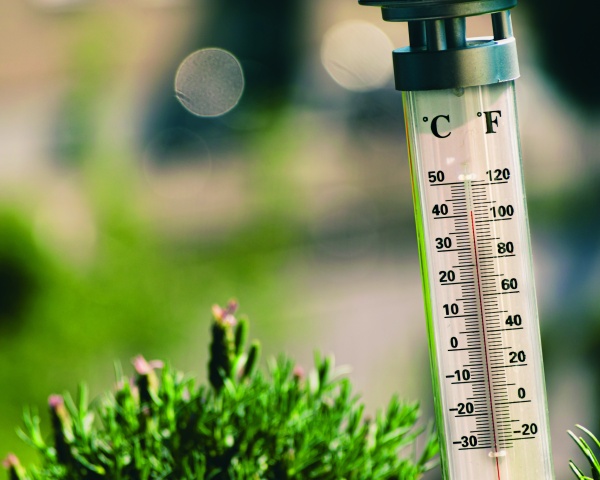As a physics student, I have been described as “negatively hot” more often than I will publicly admit to in this article. We, the community of geeks, should find a better response than “That’s not nice!” and “Thanks, Mom”. But what does it even mean when your crush calls you that? To understand that, all we have to do is turn to everyone’s favourite pastime: Thermodynamics!
Thermodynamics: a deep dive
Negative temperatures make no sense. If temperature is how quickly the atoms in a substance are moving on the microscopic scale, then we cannot get any colder than when they are at a standstill. A crystal in perfect order, everything frozen in place. This unattainable state defines zero Kelvin. While moving to the Kelvin scale gives us a convenient way out if someone claims our IQ is room temperature, we appear to be stuck with regard to understanding negative hotness: Absolute zero is absolute, end of story.
Not so fast. How exactly do the atoms move? At room temperature, all particles in the air move in random directions all the time, but not all at the same speed: Some go slowly, some go fast. If you pick a random molecule, the probability of finding it at any given energy E will be proportional to e^((-E)/kT), where T is the temperature and k is a constant. That means that whatever the temperature, the probability of finding a particle at a certain energy always decreases exponentially with that energy, but the hotter the temperature, the flatter the curve and the higher the probability for higher energies. As a side-note: Exponentials are never zero, so yes, that means that at any given instant the odds of being sucker punched in the face by an unlikely high-energy Oxygen molecule with the energy of Mike Tyson’s fist are low – but never zero.
Flipping the curve
Let us redefine our notion of temperature and start with the probability distribution. The temperature of a gas is just the value that makes the e^((-E)/kT) relation that we discussed before. Now what would happen if we substituted a negative temperature? At a temperature -T the probability of finding a molecule with a given energy would now be e^(E/kT), growing exponentially with the energy rather than decreasing! When the temperature is negative, the probability distribution is turned upside down. Is this real physics? Maybe. Actual physicists can and do debate this for hours and there are a ton of caveats we choose to not care about for the sake of the reader’s sanity. Let’s just run with it.
At this juncture in the article, I intended to turn up its erotic appeal and talk you through some quantum mechanics, but I was repeatedly told that the article is already too technical up to this point. Since scaring away the non-physics students is the opposite of what we are trying to achieve, I will just leave like-minded people with the remark that you can get some serious performance boosts out of quantum thermal machines operating between two heat baths of positive and negative temperature. If you care about what that means, you should absolutely go into the fascinating branch of quantum physics.
The paradox of negative temperatures
So what would a negatively hot object be like? Since the likelihood of high energies now increases exponentially, most particles constituting the object would be close to their maximum energy, hence the object would have way more energy than at any positive temperature. If you were to touch it, it would be all too keen to lose that energy by transferring it to you. You would absorb its energy and cool it down until it reaches negative infinite Kelvin, at which point it jumps to normal infinite temperature, cooling down further until reaching equilibrium. If you think that makes sense, you are wrong, but if you ponder it enough and draw some graphs for the probability distributions of -0K, -∞K, ∞K and 300K (K for Kelvin), you might get a sense of this process. This means a surprising truth: Negative temperatures are really, really hot!
TL;DR
Congratulations, if you made it this far there is at least a small part of your soul that is into weird physics. You now understand negative temperatures: They are absurdly large amounts of energy that stem from inverting the probability distribution of the energy of particles, making them hotter than infinitely hot. Like you. In conclusion, if you are a physicist and your crush calls you negatively hot, do not despair! Maybe they are saying that you radiate energy beyond the point that is classically comprehensible. Maybe they are saying that touching you would be a painfully unpleasant experience. We cannot be certain what they mean, but at least you may find peace knowing that what they were saying was at least well defined.
Alexander Jürgens, 23, Master’s in Quantum Engineering, blames quantum tunnelling for his missing phone charger(s).

